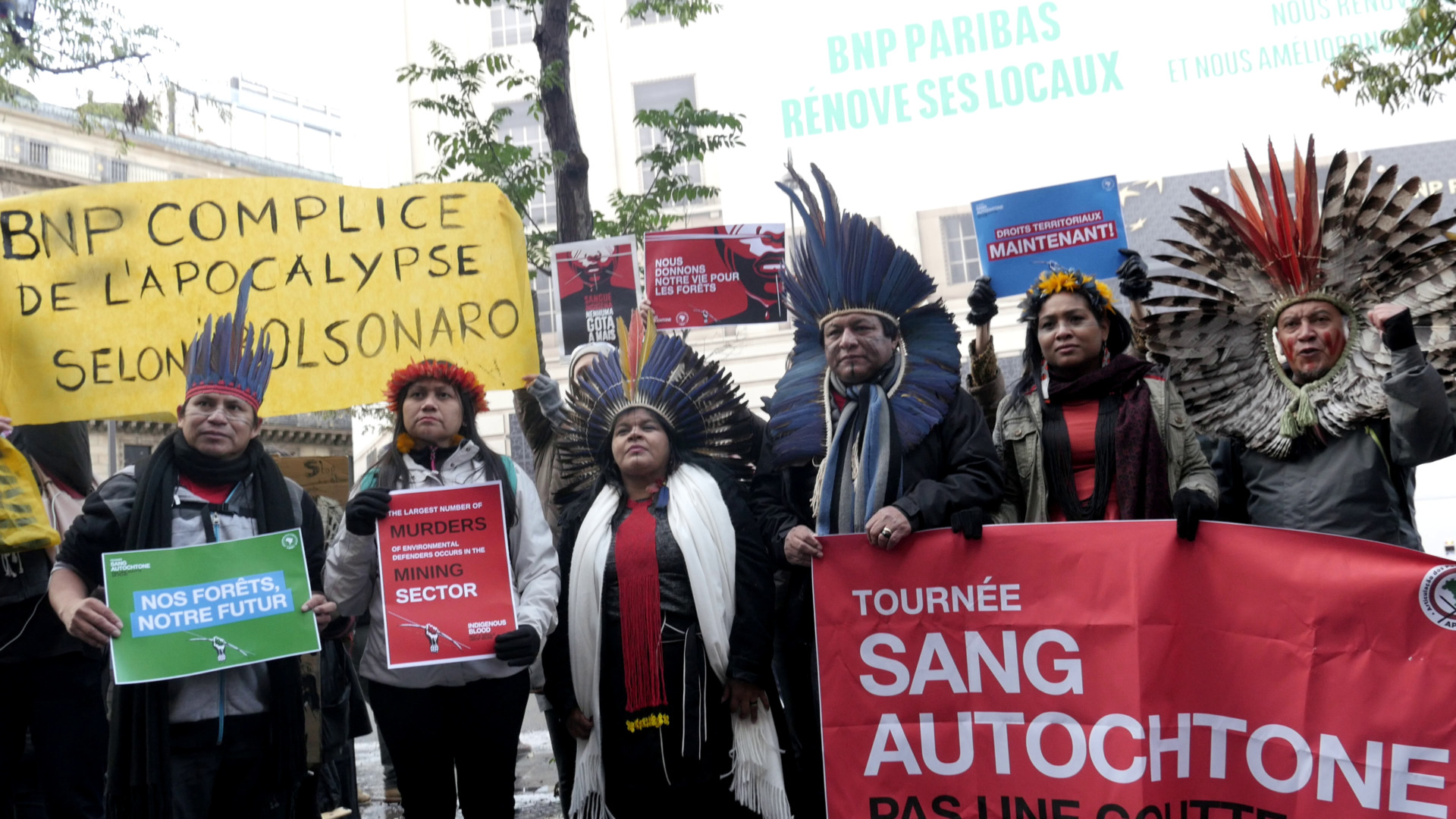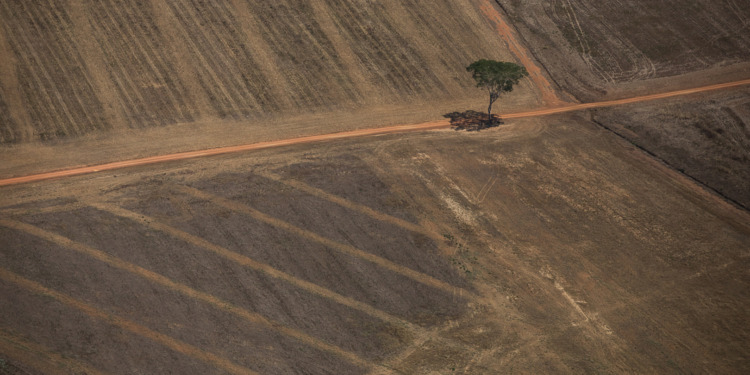According to a Global Witness report published this month, 196 environmental defenders were murdered in 2023 around the world while resisting environmental exploitation. This brings the total number of killings to over 2,000 since Global Witness began reporting data on the topic in 2012. The report adds that these figures are likely much higher.
These defenders play an increasingly important role in the protection of the environment. Indigenous people in particular steward 20% of the Earth’s land, containing about 80% of the remaining biodiversity on the globe. Of the 196 victims in 2023, 43% were from indigenous populations and 12% were women.
These cases are concentrated in Latin American countries, where 85% of the 2023 cases took place. 70% of the murders were in Brazil, Colombia, Mexico and Honduras; the four countries most affected by the issue.
“Every killing leaves the world more vulnerable to the climate, biodiversity and pollution crises,” the report states.
Colombia, specifically, is the deadliest country in the world for land and environmental defenders. In 2023, 79 of the 196 (40%) reported cases took place in the country, which is hosting the Convention on Biological Biodiversity (CBD COP) next month. Since 2012, 461 defenders were murdered in Colombia, the highest number for any nation.
In these Latin American countries, coca cultivation, drug trafficking and armed conflicts have left many already disadvantaged communities caught in the violence. Organised crime groups are the main suspects for half the murders in Colombia in 2023.
Despite President Gustavo Petro and his government working to reduce violence in the country, organisation Programa Somos Defensores has reported no improvement in trends in defender killings. In fact, violence against environmental advocates and social leaders seems to be increasing.
In Mexico, similar stories are taking place. 18 defenders were killed in the country in 2023, down from 31 in 2022. Over 70% of these cases took place in the Pacific states of Jalisco, Colima and Michoacan, with the majority of those murdered opposing mining operations in the region. Mining was identified as “by far” the industry driving the most defender killings.
Honduras, with the same amount of killings in 2023 but less than 10% of Mexico’s population, has the unfortunate title of most killings per capita in the world.
Central America has been home to large-scale growth of destructive industries that harm the environment, including mining and energy projects, monoculture plantations and logging. A report published in 2021 showed that 80% of the vegetation in the region has been used for agricultural land, negatively affecting the climate-critical forests in that area of the world.
In November 2023, two demonstrators were killed in an anti-mining protest in Panama where Indigenous groups, unions and citizens were protesting the environmental fallout from a controversial mining project.
In Asia, 17 people were killed in the Philippines last year, the most for any country on the continent. There were also seven “enforced disappearances” reported in the country, a trend rising across the world according to Global Witness.
The worrying trend extends to Africa, another continent home to huge biodiversity and many developing countries. 116 defenders have been murdered in Africa since 2012; 74 were park rangers in the Democratic Republic of Congo, one of the most biodiverse countries on earth.
Related Articles: Dying for the Planet: 177 Environmental Activists Killed in 2022 | Why Is Colombia The Most Dangerous Country For Environmentalists? | Defending the Planet in the Era of Humans | Indigenous Resistance Has Averted 25% of US and Canadian Annual Emissions
The Global Witness report hopes that countries set up frameworks to effectively document attacks and resulting reprisals to improve the surrounding data. This in turn would improve legislation to help protect environmental defenders, according to the organisation.
For example, the Escazú Agreement, signed by 25 Latin American and Caribbean countries, mandates access to data and information regarding the environment. It also requires public participation in decisions made about the environment as well as more environmental justice in the signee nations.
Additionally, Global Witness calls on governments and companies to take more accountability for exposing and responding to violence against defenders and local communities.
“Let’s not forget that governments have the power to grant us rights over our lands and resources. Governments, too, can make sure those rights are respected,” said Jenifer Lasimbang, Indigenous Orang Asal from Malaysia and Executive Director of Indigenous Peoples of Asia Solidarity Fund. “These guarantees are essential for broader climate solutions to work.”
Journalists who work to expose environmental injustices in these countries are also targeted. Their work can undermine economic interests of governments, companies and criminal groups and they can be intimidated, harassed, or even face violence as a result.
UNESCO revealed in a report this year that over 740 environmental journalists around the world were targeted with violence, detention and arrest, harassment or legal prosecution.

With violence against those who seek to protect their community or country’s environment on the rise, many hope for stricter protections for these individuals and more punishment for perpetrators.
“We cannot win the fight against the climate and nature crisis without greater protection for defenders,” Laura Furones, lead author of the report and a Global Witness senior advisor, said to The New York Times.
Editor’s Note: The opinions expressed here by the authors are their own, not those of Impakter.com — In the Cover Photo: Single tree left after deforestation near Porto Velho, Brazil, August 7th, 2020. Cover Photo Credit: Amazônia Real.










